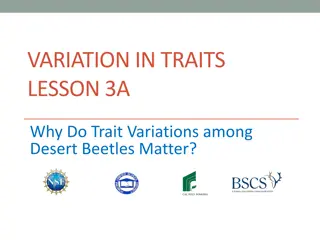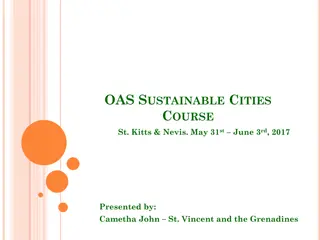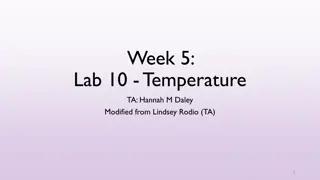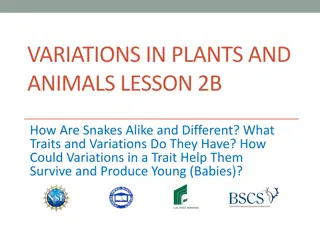Analyzing Variations in MIK Class Means by Jeremy Vincent
The presentation delves into the MIK estimator, exploring its impact on estimation with constant class means and non-Gaussian data. Review of initial results, examination of class mean bias in upper tail, and implications for metal containment are discussed. Cross-validation study findings, future work considerations, and comparison between MIK and MG Kriging in Gaussian and non-Gaussian scenarios are highlighted.
Download Presentation

Please find below an Image/Link to download the presentation.
The content on the website is provided AS IS for your information and personal use only. It may not be sold, licensed, or shared on other websites without obtaining consent from the author.If you encounter any issues during the download, it is possible that the publisher has removed the file from their server.
You are allowed to download the files provided on this website for personal or commercial use, subject to the condition that they are used lawfully. All files are the property of their respective owners.
The content on the website is provided AS IS for your information and personal use only. It may not be sold, licensed, or shared on other websites without obtaining consent from the author.
E N D
Presentation Transcript
Variations in MIK Class Means Jeremy Vincent
Outline Overview of MIK Estimator Review of initial results of indicator class-mean investigation Cross validation study results Problem statement driving future work 2
Review of MIK Estimator The MIK estimator assumes a constant class mean, : MIK generates a distribution of uncertainty at the estimated location, but it does not rely on a mathematical model. Motivating question: How does a constant class mean impact MIK estimation? 3
Class Mean Bias in Upper Tail Class Means of Gaussian Data Spatial Distribution of Estimation Error: Constant Class Mean vs. Correct Class Mean Upper Tail Class Mean Log-Normal Data 4
Impact on Contained Metal Preliminary results suggested the upper tail class mean was resulting in a bias in the contained metal 5
Cross Validation Study Conclusions Cross validation confirms no global bias in the MIK estimator (expected). Indicator probability weighting of the class mean shows it is unbiased with respect to the global class mean. 6
Future Work Problem statement: Given that MG Kriging will always outperform MIK with multivariate-Gaussian data, how non-Gaussian must the data be before MIK outperforms MG Kriging? 7
Future Work Gaussian Data The exact indicator variograms are known for a bivariate Gaussian distribution: Indicator Class Quantify difference between Gaussian and non-Gaussian data for corresponding indicator variograms. Non-Gaussian Data Compare MG and MIK estimates and determine at which point MIK outperforms MG. Indicator Class 8
Thank you! Questions? 9
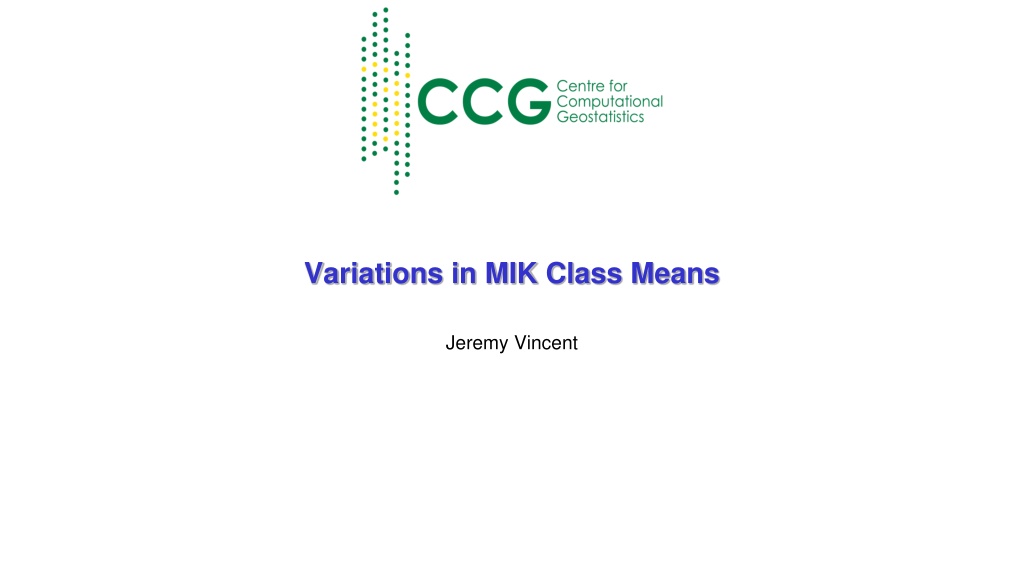



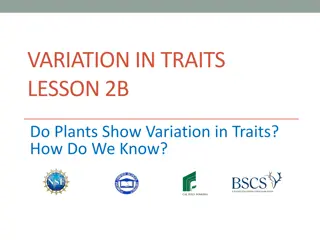


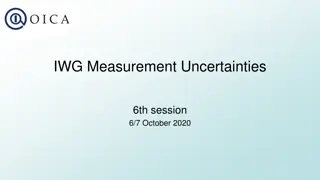
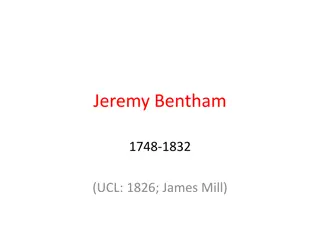

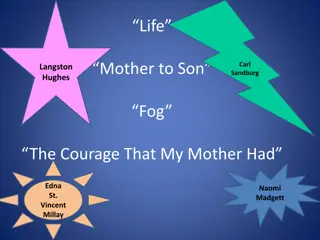
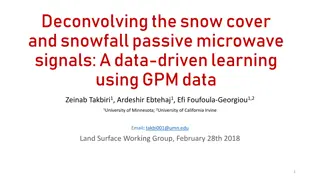

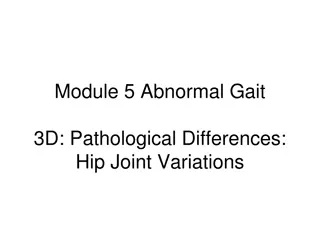



![Importance of Rock v. MWB [2018] UKSC 24 as Explained by Lord Sumption](/thumb/193348/importance-of-rock-v-mwb-2018-uksc-24-as-explained-by-lord-sumption.jpg)

